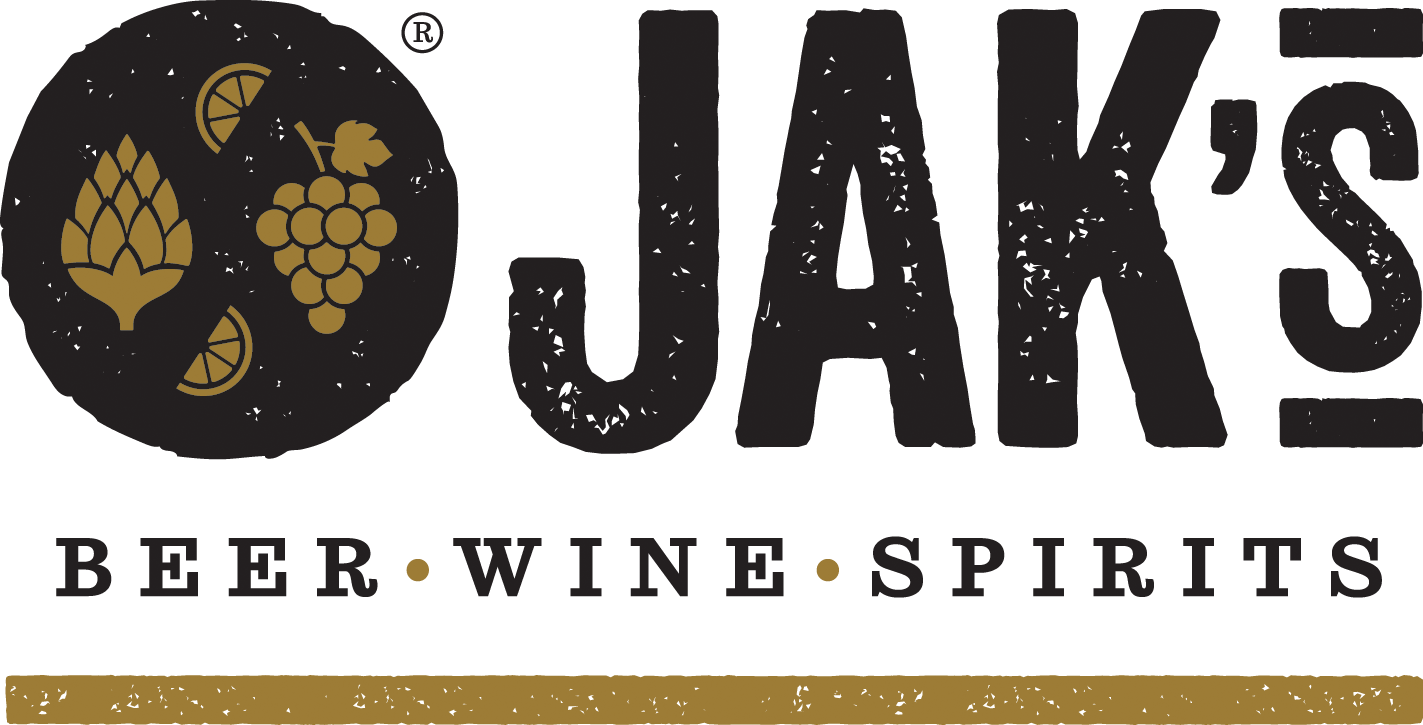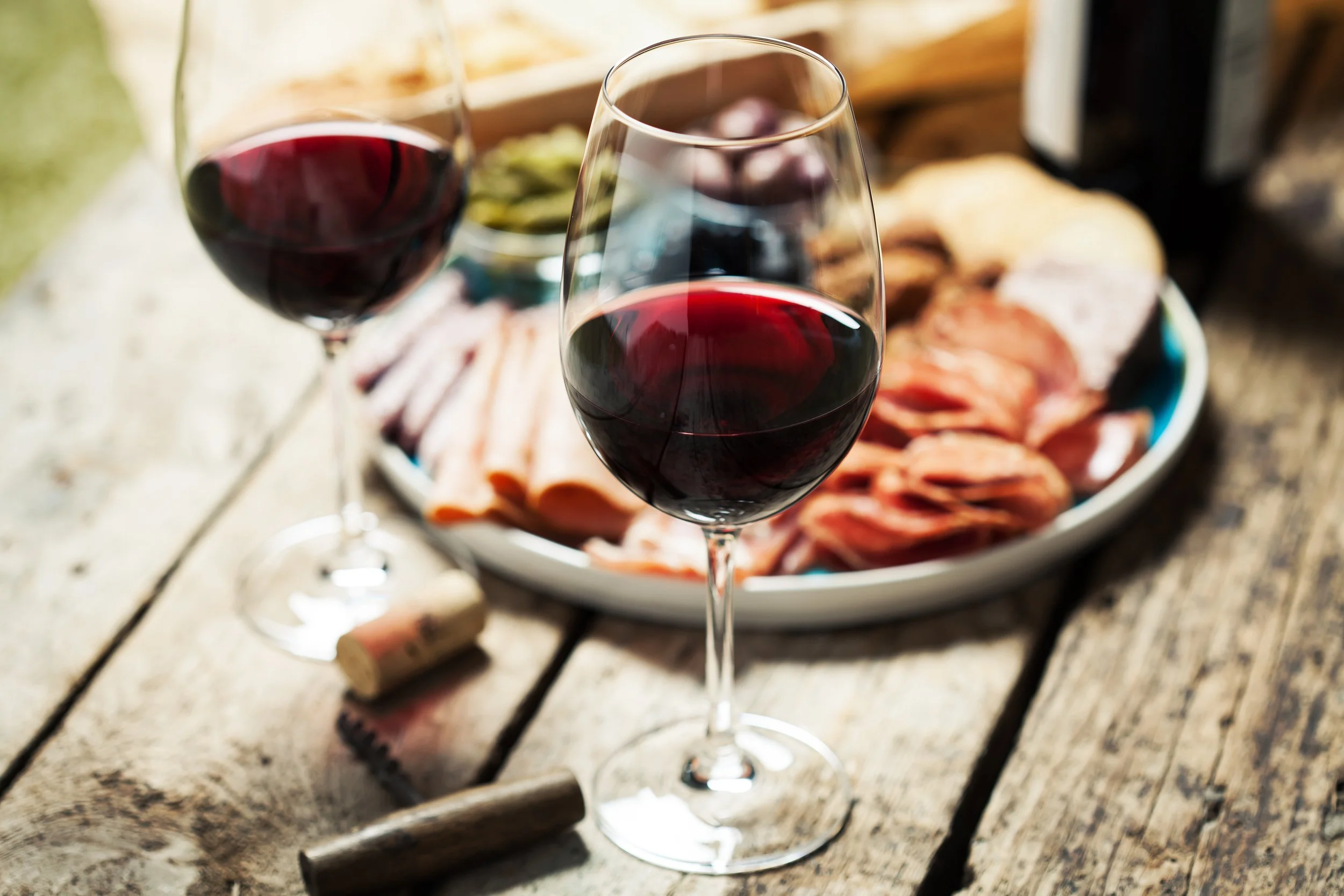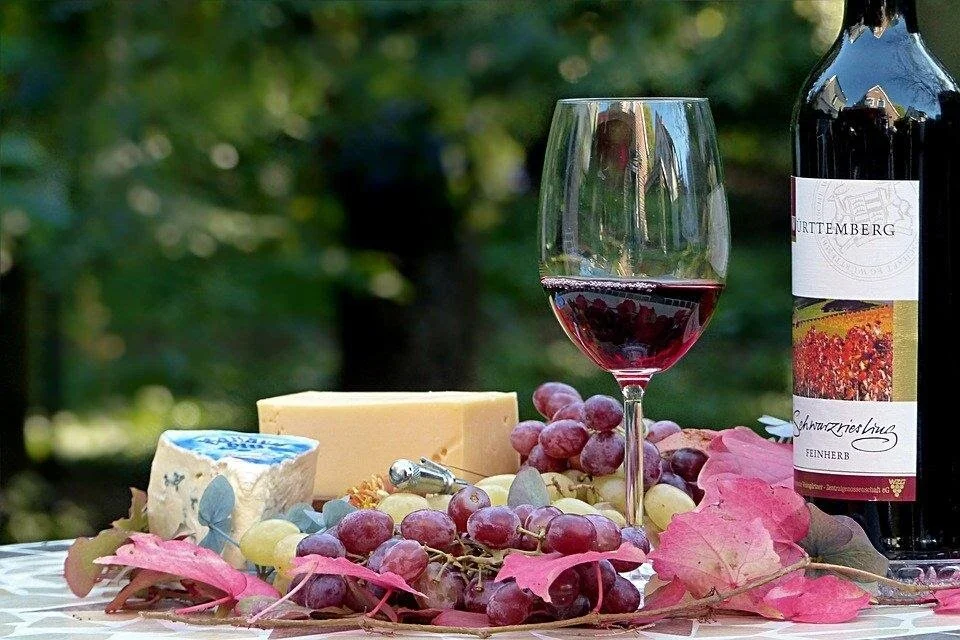“I could not live without Champagne. In victory I deserve it, in defeat I need it.”
William Churchill
‘Tis the season for Champagne and with New Years almost upon us, there is no better time to stock your cellar. We’ll highlight a couple of amazing bubbles that will be the shining star of any holiday celebration and guide you in step-by-step instructions on how to sabre a bottle.
So, let’s get talking and popping bottles to celebrate the onset of 2022!
Champagne is the pinnacle of quality and tradition for sparkling wines around the world. Located in the Northeast of France, about a two-hour drive from Paris. It has a cool continental climate which ensures fresh acidity in its wines.
The region has a long history dating back to the Romans who first cultivated here in the 5th century. It was not always a sparkling wine and ironically, Benedictine monk Dom Pérignon (1638–1715) spent most of his career trying to rid his Champagne of bubbles! His claim to fame would be his pioneering techniques on producing white wine from red wine grapes along with masterful blending that influences the style of the modern sparkling Champagne we see today.
Champagne is produced from three key grapes: Chardonnay, Pinot Noir and Pinot Meunier. Each grape will add contributions to the blend with Chardonnay giving elegance and lace, Pinot Noir lending structure and body and Pinot Meunier offering fruitiness.
Champagne labels may give you a hint as to which dominant grapes are in the bottle and hence the style:
Blanc de Blanc – This means that the wine is made from Chardonnay. Expect flavours of bright citrus, green and yellow apple, pear, cream, biscuit, and brioche.
Blanc de Noirs – Only the black skinned grapes so the wine will be made from either Pinot Noir, Pinot Meunier or a combination of the two. With these wines you can expect tart strawberries, rose petals, red apple, floral notes, citrus, brioche, biscuit, and cream.
What about a wine that doesn’t say either Blanc or Noir? That means that the wine will contain a percentage of white and red grapes according to the brand’s style.
Rosé Champagne: Although these will be predominantly red grapes with far more accentuated red fruit character, it is worth noting that Champagne is the only region in France that is allowed to blend red and white wines to create a rosé.
Most Champagne is non-vintage meaning it will be a blend of years. In such a northern climate, grapes are not always guaranteed to ripen properly so traditionally they have blended from different years. This allows for consistency of style. Consumers may unfortunately drink Champagne only on a special occasion, but they want their Veuve Clicquot to taste the same each time!
Vintage Champagne – These wines are only made in exceptional years and represent the pinnacle of Champagne production. The right wine from the right year (cellared for the right amount of time) will leave a lasting mark on any wine lovers’ bottle memory.
Now, on to a few standouts that you can find on our shelves at JAK’S.
Veuve Clicquot – There is something about this iconic yellow label that is synonymous with celebration. Tastes will include ripe apple, nectarine with a fair amount of that bread dough and biscuit flavour. A Champagne for all to enjoy.
Pommery Brut – A perfect option for those who always wanted to try Champagne but have been stung by a bottle that was too tart or acid driven. Stylistically this presents a much riper and slightly sweeter style with lots of cream, ripe golden apple, and sliced bread.
Pierre Paillard ‘Les Parcelles’ Extra Brut – Very dry, leaning toward austere, this is a wine built for those who love crisp acidity to go with their food (oysters anyone?).
Now, let’s talk about the saber: The Art of Sabering
Legend has it that when Napoleon’s soldiers returned home celebrating locals would gift them bottles of Champagne as they paraded through the streets. Opening a bottle of Champagne can be a task at the best of times, but doing it on horseback would be dubious to say the least! So, one soldier (some say it was Napoleon himself) managed to take his hilted saber and cleave the top of the bottle off – starting a tradition that is now celebrated as the flashiest way to open bubbles.
Full disclaimer:
Knifelike objects and cracked glass are sharp! You may lose some of your precious wine with this technique. Be careful in this approach and caution is key!!!
First
The bottle must be very cold (not frozen). The glass may shatter in your hand creating a large mess if it is warm and you may have a $80-$200 puddle.
Second
Carefully remove the foil and the cage. You don’t want anything in the way of your saber. First safety tip – at this point, do not point the bottle towards people or anything that you wish not to damage! Consider doing this outdoors as the cork will fly meters into the air.
Third
Find a seam. A wine bottle is essentially two welded halves, so each bottle will have two faint seems which meet at the lip of the bottle’s neck. This is the weakest spot of a bottle and the place that you want your saber to hit.
Fourth
Get your knife. Smooth not serrated. Hold the bottle firmly at the base at a 45 degree angle with the seam facing upwards. (cork pointed away from anyone)
Rest the knife on the seam with the blunt edge towards the neck.
Slide the blunt edge of the knife up the length of the bottle a few times just to get a feel for it (and to calm any nerves). DO NOT chop at the bottle or cork! It’s not how hard you slide…it’s very much like a golf swing.
When ready, slide the knife up the seam rapidly so the blunt edge makes contact with the top of bottle and follow through. The glass top and cork should fly off at which point you will want to straighten the bottle upright to avoid losing too much wine.
CAREFULL OF THE SHARP EDGE!!! Now pour a touch to cleanse from any glass shards and then pour to enjoy.
There you go! You’ve sabered a bottle of Champagne, impressed your adoring onlookers and won the Holidays!
For reference, here is a great video by Alton Brown of how it should be done:
Wishing you all a wonderful Holidays and a safe and healthy New Year!
About the Author
Andrew Forsyth is a sommelier at L’abattoir Restaurant in Vancouver who also moonlights at Jak’s South Granville location. He currently holds the title of Sommelier of the Year from Wines of British Columbia and is working towards his Advanced Sommelier designation.























